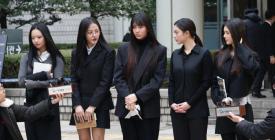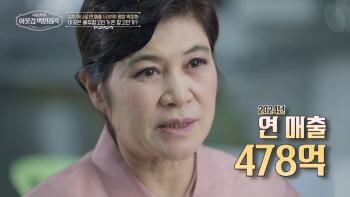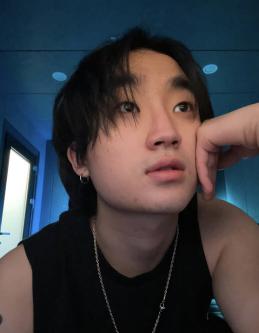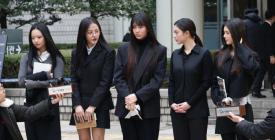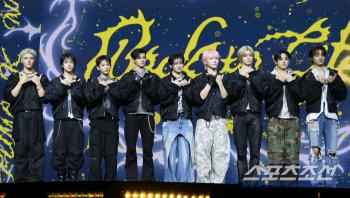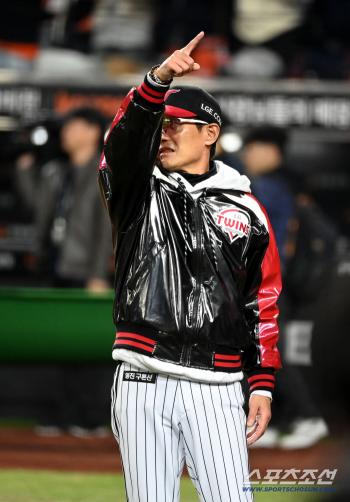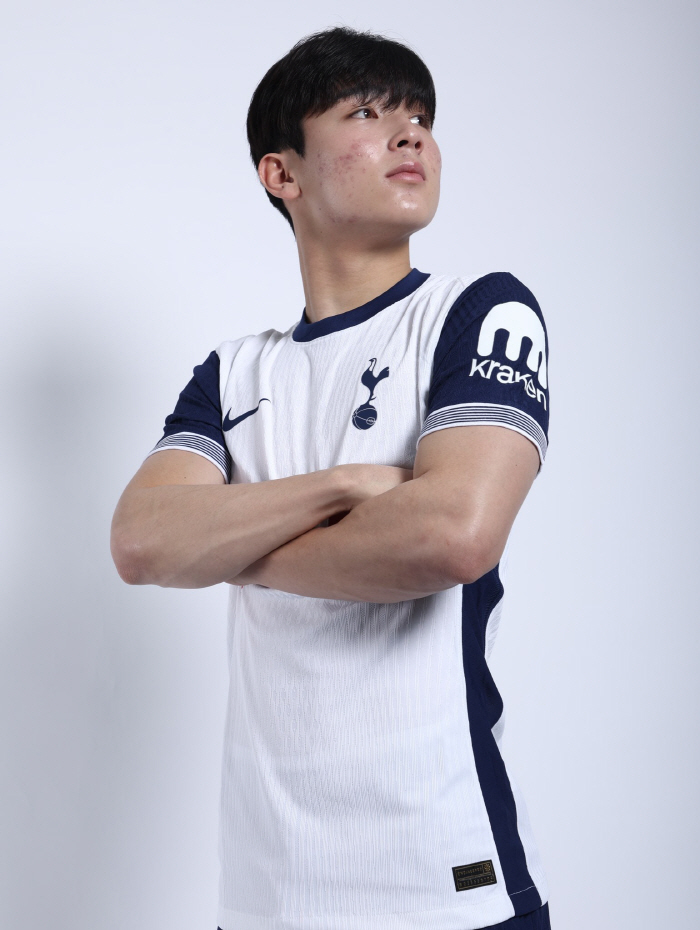 |
| 토트넘 SNS |
|
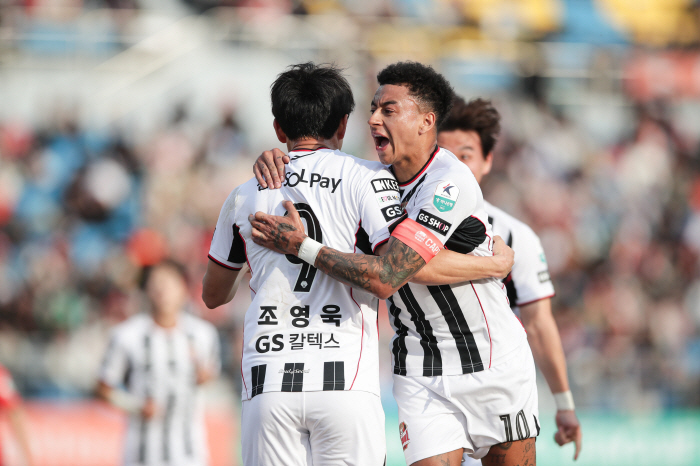 |
| Chuncheon Songam Sports Town Main Stadium/ K League1/ Gangwon FC Seoul/ Seoul Cho Young-wook Scoring, Lingard/ Goal Ceremony/ Photo by Kim Kyung-tae |
|
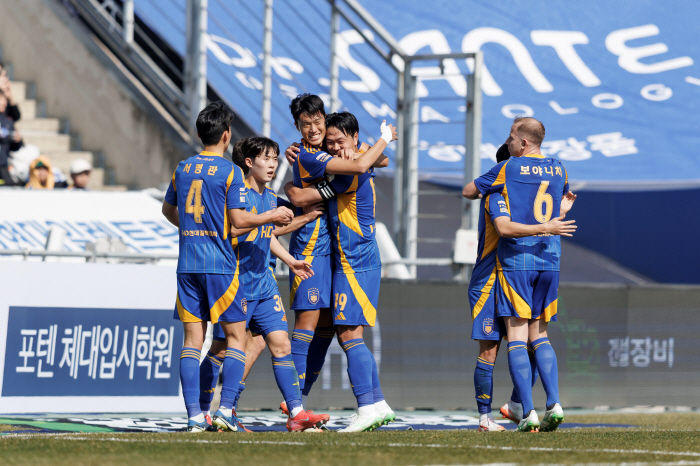 |
| Ulsan Munsu Football Stadium/ K League1/ Ulsan HDFC vs Jeju SKFC/ Ulsan Heuryul Score, Kim Young-kwon, Group/ Goal Ceremony/ Photo by Kim Jae-hoon |
|
K-League regular player registration has closed. The Korea Professional Football Federation announced on the 1st that a total of 990 players, including 483 in the K-League and 507 in the K-League, will play in the K-League this season as a result of closing their registration on the 27th of last month.
This is the sum of 989 players who have completed the registration process and one player who has completed the application for issuance of an International Transfer Certificate (ITC) within the registration period. This year, the number of registered players increased by 55 from 935 registered during the regular registration period of the previous year. This seems to have increased due to Hwaseong's new participation in K League 2 from this year. Among this year's registered players, 883 were domestic and 107 were foreign players. Compared to the regular registration period of the previous year, the number of domestic players increased by 49 and foreign players by five, respectively.
The average number of registered players in the 12 K League clubs was 40.3, down slightly from 40.7 last year. Jeonbuk had the most with 52, followed by Suwon FC (48), Gangwon, and Daegu (44 each). Anyang (34) has registered the fewest players in the K League 1. The average number of registered players in 14 K League 2 clubs was 36.2, up 1.9 from 34.3 last year. Chungnam Asan (48), Cheonan (41), and Jeonnam (40) registered the most players, followed by Seoul E-Land and Seongnam with 31. Meanwhile, among the 26 K-League teams this year, Jeonbuk and Daegu are running Team B.
The total number of U-22 players (under 22 years old) was 378, including 189 in the K League 1 and 189 in the K League 2, up 98 from the previous year. Depending on the U-22 participation, up to five replacement cards can be used, and the scale is steadily expanding. The clubs that registered the most U-22 players this year are Jeonbuk (23) in K League 1, Busan, Suwon, and Ansan (13 each).
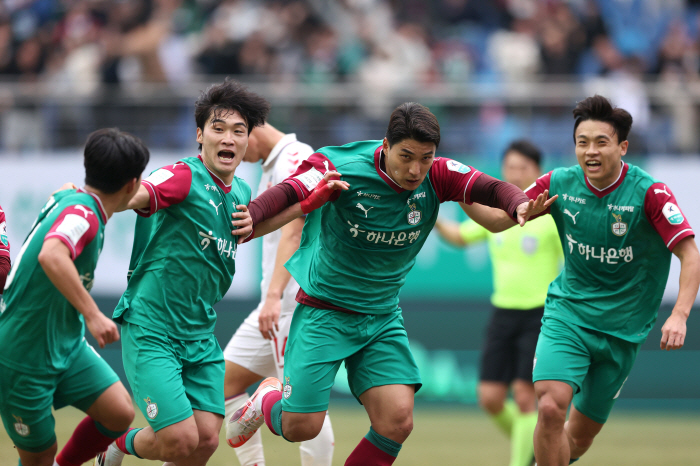 |
| Daejeon World Cup Stadium/ K League1/ Daejeon Hana Citizen vs Suwon FC/ Daejeon Resident Kyu Scoring/ Goal Celebration/ Photo by Seo Hye-min |
|
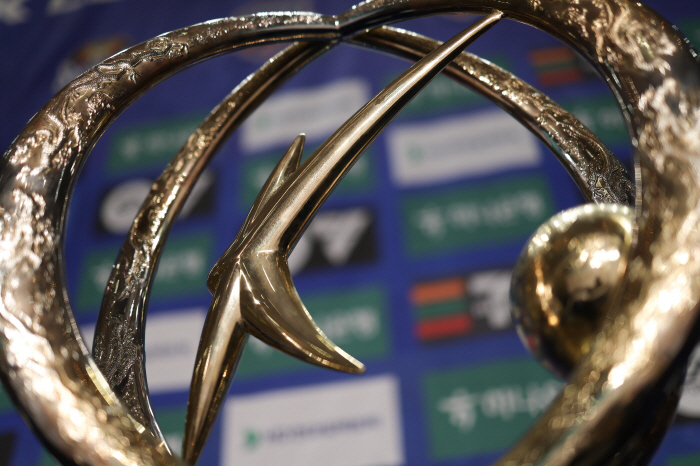 |
| Swiss Grand Hotel/ Hana Bank K League 1 Opening Media Day/Winning Trophy/ Photo by Kwak Dong-hyuk |
|
The number of players from the K-League Youth increased by 48 from the previous year to 364, including 188 from the K-League 1 and 176 from the K-League 2. Jeonbuk has the largest number of players from the club's youth, and 16 out of 51 players went through the Jeonbuk Youth System. A total of eight players are Kim Soo-hyung, Lee Hang-yeol, Han Seok-jin (Jeonbuk), Kim Yoon-ho (Gwangju), Kim Hyun-oh (Daejeon), Baek Kyung (Suwon FC), Jung Sung-bin (Ulsan), and Shin Jun-seo (Gyeongnam), who will play in the K League through a semi-professional contract. They are dreaming of becoming the second Yang Min-hyuk (Tottenham). Semi-professional contract players can register up to five players for each club even during the season. Fourteen players, including Kang Min-woo (Ulsan), Kang Joo-hyuk (Seoul), Jin Tae-ho (Jeonbuk), and Park Seung-soo (Suwon), who played as semi-professional contract players last year, have registered as official professional players this year.
The average age of registered players this year is 25.9 years old in the K League and 26.2 years old in the K League. The lowest average age among registered players is Suwon FC (24.3 years old) in K League 1 and Ansan (24.4 years old) in K League 2. On the other hand, the teams with the highest average age are Anyang (28.1 years old) in K League 1 and Cheonan (27.7 years old) in K League 2.
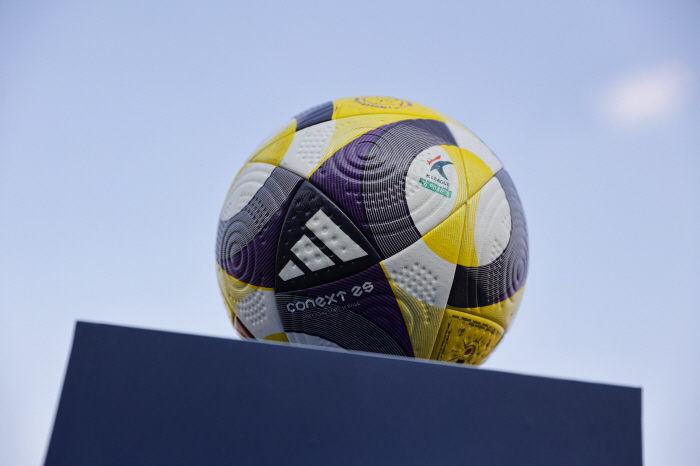 |
| Tancheon Sports Complex/ K League 2/ Seongnam FC vs. Incheon United/ official ball/ Adidas Connect Pro 25/ Photo by Kim Kyung-tae |
|
Starting this year, as both the existing Asian and Southeast Asian quotas have been abolished for foreign players in the K-League 1, up to four players can participate in the registration of six players at the same time regardless of nationality. The number of K-League 2 has been expanded to a maximum of five players and four players can play at the same time. However, the total number of foreign players registered was 107, including 56 K-League players (5.1 on average) and 51 K-League players (3.6 on average), which was insignificant compared to 102 players, including 58 K-League players (5.3 on average) and 44 K-League players (3.4 on average) last year.
Among the foreign players in K League 1, Brazil had the largest number of nationalities with 31, followed by Croatia (3), Ghana, Sweden, Italy, Japan, and Australia (two or more). K League 2 also had the largest number of Brazilian nationals with 36, followed by Sweden, Japan, Colombia, Australia (three more), Bosnia and Herzegovina, and Portugal (two more).
The additional registration period for this year's K-League is from June 13 to July 24. In addition, an exception registration period can be designated for the league to which the FIFA Club World Cup 2025 participants belong, and the K-League is from June 1 to June 10. The exception registration period is common to all teams in the league, as well as to the teams participating in the Club World Cup.
This article was translated by Naver AI translator.






